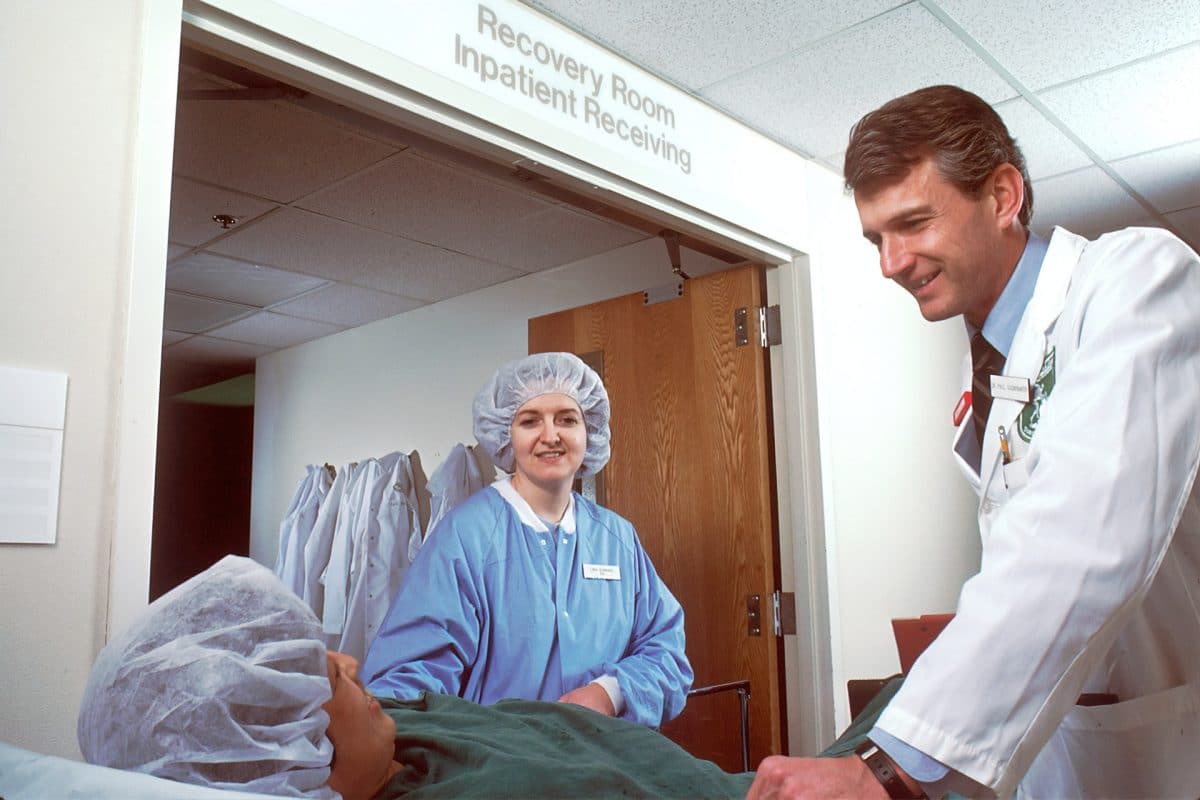Tracheostomy is a surgical procedure that puts a tube through an opening in the neck and into the patient’s trachea, also known as the windpipe. This procedure helps people that suffer from breathing difficulties. The tube inserted might be permanent or temporary, depending on the patient’s case. The patient will breathe through the tube instead of their nose, mouth, or throat. Tracheostomy is performed for emergency situations when the patient isn’t able to breathe at that moment, or to treat certain health conditions that block the airway of the patient. Here is what you should expect after having a tracheostomy.

Tracheostomy Preparation
If it’s an emergency, there is no way to prepare for it. In planned procedures, your doctor will tell you how to prepare for it, similar to any other surgery. Naturally, you will need to fast before the surgery for a certain amount of time that the doctor will specify. You can prepare for the hospital stay which can help you feel more relaxed and comfortable during that time. The most important thing to bring with you is means of communication such as a pen and a paper, a smartphone, or a laptop as you won’t be able to talk immediately after the procedure. Bring comfortable clothes and entertainment items to help you kill time.
During the Surgery
In most cases, tracheostomies are performed in an operating room in a hospital with general anesthesia. If that’s your case, you don’t have to worry about what you will feel during the procedure. Doctors advise that you increase your fluid intake to make the surgery easier- make sure that it’s clean and filtered water. However, if the surgeon thinks the general anesthesia will affect the airway, they will use a local anesthetic to numb the neck area including the throat. If the procedure is done in a hospital room, not an operating room, the surgeon will use a local anesthetic while performing a minimally invasive tracheotomy. A tube is inserted in the base of the front of the neck for both procedures, and the tube is fastened to a neck strap to prevent it from slipping out of place.
After the Surgery
You will spend a few days in the hospital after the procedure to heal. Your doctors and nurses will show you how to care for your tube. You will learn how to clean and change the tracheostomy tube to reduce the risk of complications and prevent infection. You must pay careful attention as any wrong move can lead to an injury or infection. It is essential to get all Tracheostomy Supplies once you leave the hospital as you will need them for as long as you will have the tube in your neck. Check your stoma, the hole in your neck that the tube goes through, once a day to make sure there aren’t any symptoms of infection such as redness, swelling, or foul-smelling discharge. Always clean your hands before checking the incision site, and if you find any symptoms, call your doctor immediately.
Tracheostomy makes speaking difficult as the exhaled air runs through the tube instead of the voice box. Some people can speak with the tube in place, but if you can’t speak, use a pen and a paper or a whiteboard to communicate with others. It would also be difficult to swallow during the healing process and there are several alternatives for eating. Similar to speaking, some patients can eat normally. A speech therapist and a nutritionist can help you with speaking and eating and offer you the best course of action.
The air goes through the tube without going through any filters like the nose, so it can cause lung irritation. The air may be too dry and may irritate your lung tissues and cause coughing and extra mucus. Your doctor or nurse will instruct you on how to use saline drops to ease the irritation. A heat and moisture exchanger is a device that will humidify the air that will go through the tube and moisturize the air coming out of your lungs. A humidifier will also help with breathing and allow you to sleep better.
Recovery Time
Each case is different and everybody recovers at a different rate. With a permanent tracheostomy tube, you will learn to live with it. When it is temporary, consult with your doctor on the estimated time for a full recovery and what the expected time to remove the tube is. The important thing is not to rush it and focus on your recovery.

Tracheostomy can be a lifesaver in emergencies and in certain medical conditions. The risks of operating a tracheostomy are few and they depend on how skilled the surgeon is. Make sure to do the procedure at a reputable hospital and with an experienced surgeon.
- About the Author
- Latest Posts
Whether she is researching the latest trends in home decor, life-changing destination getaways, or the best way to maintain your finances, Dewey takes pride in leaving no stone unturned. She is passionate about distilling and delivering high-quality information that you can use to upgrade your life.

